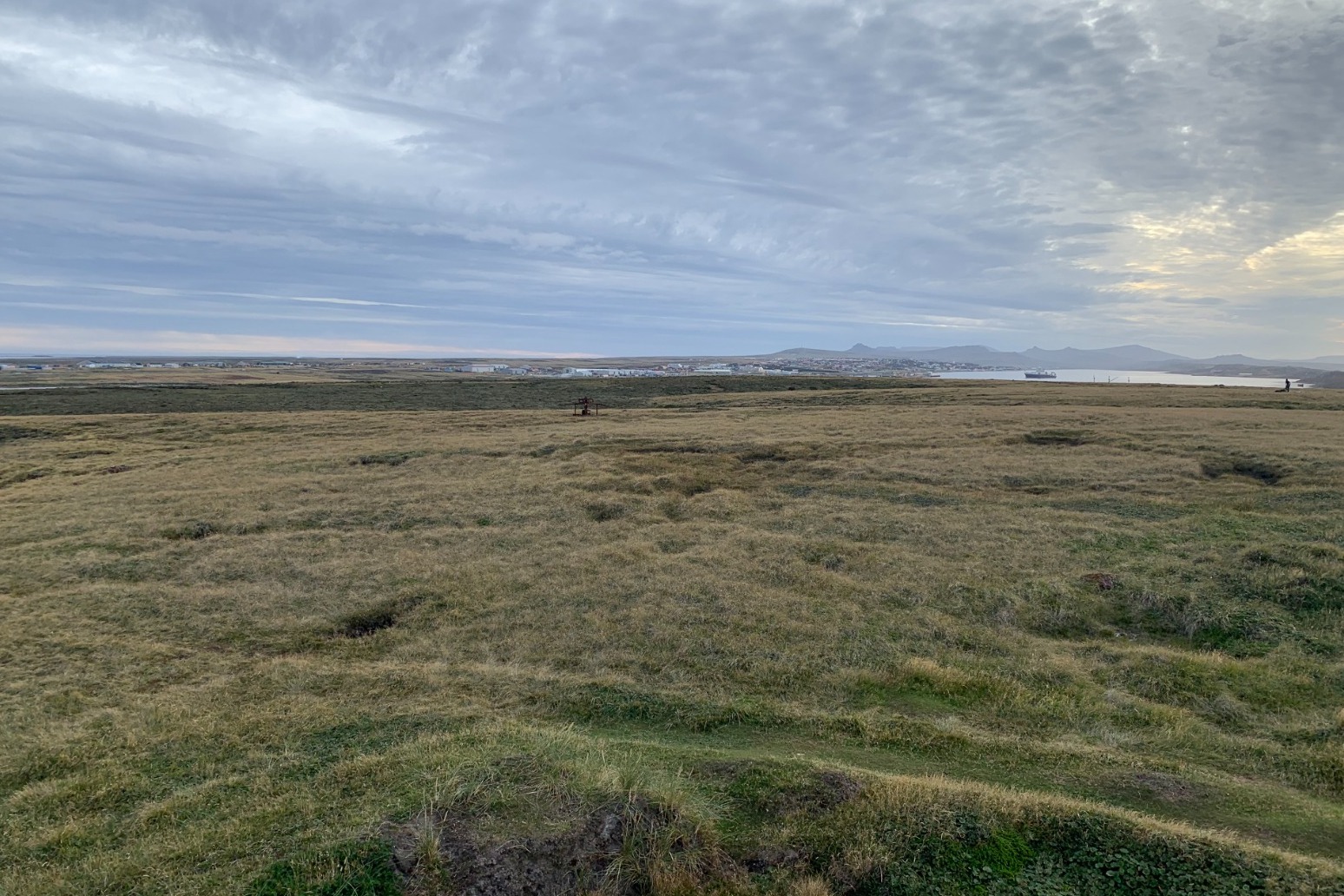
A researcher from the University of Southampton has found evidence that the treeless, grassland landscape used to be very different
The rugged Falkland Islands were home to a “lush, diverse rainforest” up to 30 million years ago, a study has found.
A researcher from the University of Southampton has found evidence that the treeless, grassland landscape of the Falkland Islands was home to a lush, diverse rainforest up to 30 million years ago.
Dr Zoe Thomas, from the university, found that the South Atlantic archipelago was once covered in the cool, wet woodland, similar to the present day rainforests in Tierra del Fuego, off the tip of South America.
Working with a team of international scientists, Dr Thomas conducted the research after clues to the whereabouts of buried remains of the ancient forest reached them via word of mouth in the community of Port Stanley, the Falklands’ capital.
She said that chance conversations led them to find perfectly preserved prehistoric tree remains and pollen at a building site in early 2020.
Dr Thomas explained: “We were in the Falklands carrying out research for a different project when a fellow researcher, based on the island, mentioned they’d heard from a friend that something interesting had been dug up by a builder they knew.
“Excavators at the site of a new care home in Stanley had cut into a deep peat layer which was filled with large tree trunks and branches.
“These were so well preserved, they looked like they’d been buried the day before, but they were in fact extremely old.
“Our interest was immediately piqued, as finding tree remains here was baffling.
“For at least thousands, probably millions of years, the Falkland Islands have not been able to sustain trees.
“It’s too windy and the soil too acidic.
“This raised the intriguing question of just how old the wood from this forest bed was?”
With the help of members of the South Atlantic Environmental Research Institute in Port Stanley, samples of the peat layers and deposits were removed from the site at Tussac House near Stanley Harbour.
These were transported to Australia for laboratory testing at the University of New South Wales, where the sediment was sampled and the wood analysed with specialised scanning electron microscopes.
The tree remains were too old to obtain conclusive results from radiocarbon dating so pollen spores were used instead which showed they dated to between 15 and 30 million years old, according to the research published in the journal Antarctic Science.
Dr Thomas explained that tens of millions of years ago the climate in the South Atlantic was much warmer and wetter than today and capable of supporting a rainforest environment which would have been cooler than tropical rainforests.
She added that many of the tree species growing on the Falklands at the time of the Tussac House sample were now extinct, but would have seeded on the islands by being carried on the prevailing westerly winds from rainforests that covered much of the southern hemisphere, including what is now mainland South America.
Dr Thomas said it was possible that a change in climate to colder, drier conditions had led to the Falklands’ forests dying out.
Published: by Radio NewsHub

